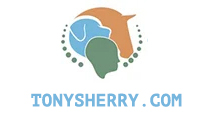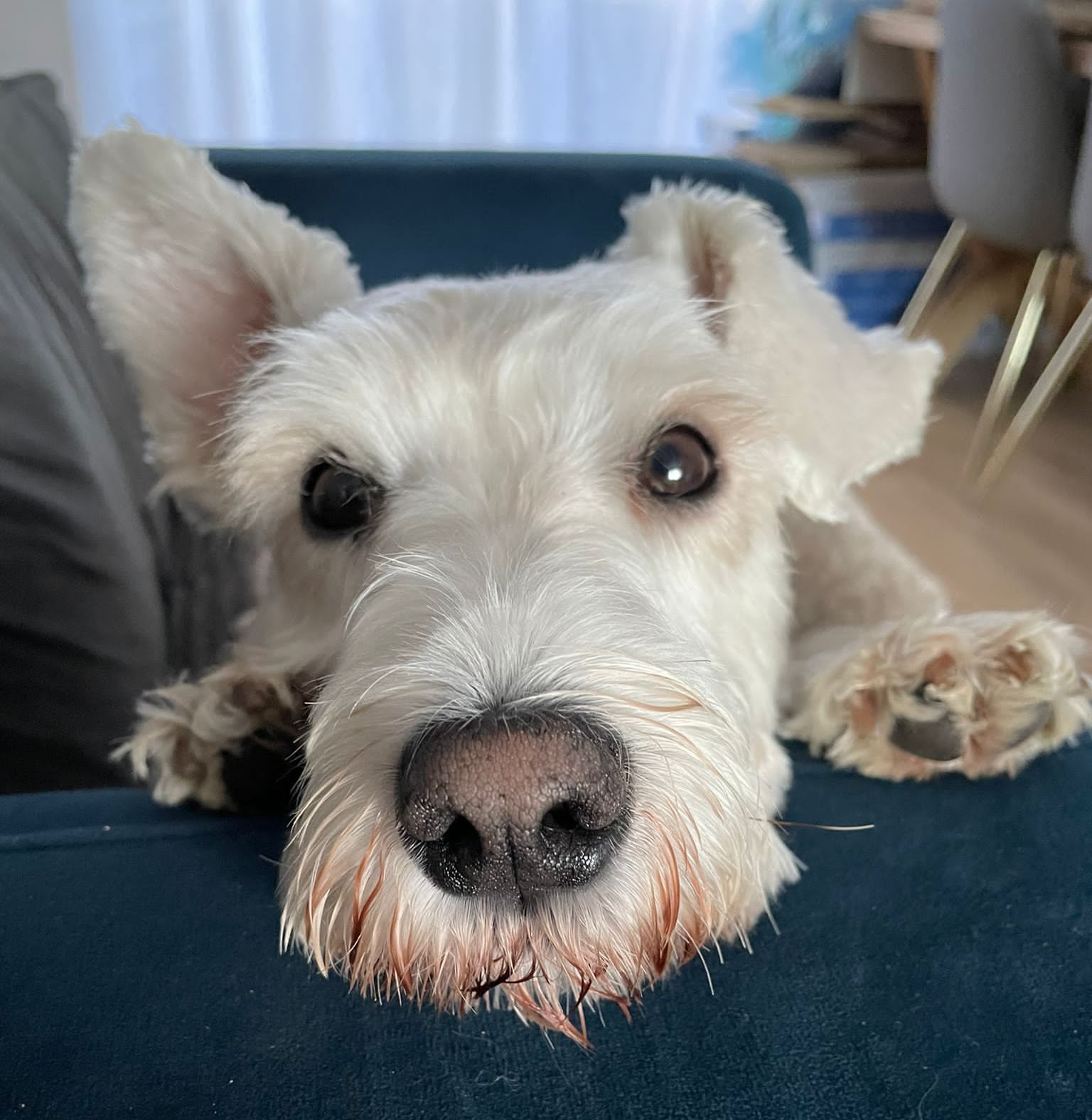In a world dominated by scientific minds and evidence-based practices, I embarked on a journey into complementary therapy with a fair amount of scepticism. Having spent years surrounded by leaders in my field, dealing with life and death scenarios, I found myself bombarded with opinions that labelled those exploring alternative therapies as mere “tree huggers” or dismissed their effects as nothing more than the placebo effect. The scientific community I was a part of relied heavily on evidence presented in textbooks and concrete data, leaving little room for the intangible and unexplained.
However, my perspective underwent a profound transformation as I delved deeper into the realm of complementary therapy, specifically focused on addressing muscular issues in both people and animals. I discovered that not everything could be neatly explained by science or found in a textbook. There existed a world beyond the empirical, a realm where the mind-body connection played a crucial role in overall well-being.
My newfound belief in the power of complementary therapy stems from witnessing its transformative effects on individuals, both human and animal alike. This form of therapy not only alleviates physical discomfort but also acts as a catalyst for liberating mental health baggage that often accompanies persistent pain and discomfort.
One remarkable aspect of my journey has been the profound impact on animals, who, despite lacking the ability to verbally communicate, convey their experiences in ways that are nothing short of extraordinary. It is not uncommon for the owners of animals I treat to express sentiments like “He’s so much happier” or “She’s like her old self again.” These observations echo a deeper understanding of the connection between physical well-being and mental health, a truth that transcends language barriers.
Animals, in their own unique way, guide me in the therapy process. It is as if they intuitively understand which part of their body requires attention, directing me to areas that need healing. The communication is silent yet powerful, with animals often showcasing their satisfaction by moving a limb after a specific muscle or body part has been treated. Such non-verbal cues serve as a testament to the authenticity of the healing process, eliminating any notion of a placebo effect.
One endearing aspect of my work with animals is their unmistakable response when they feel the benefits of the therapy. It’s not uncommon for them to prevent me from leaving, exhibiting behaviors such as blocking stable doors, cornering me in a barn, or even holding onto my shirt or shorts. These interactions are not only heartwarming but also indicative of the genuine joy and relief animals experience through complementary therapy.
In conclusion, my journey into complementary therapy has taught me that healing goes beyond the confines of textbooks and scientific evidence. The profound impact on both humans and animals, coupled with the undeniable authenticity of their responses, has solidified my belief in the power of complementary therapy. It’s a journey that keeps me grounded and grateful for the opportunity to contribute to the healing journey of those who cannot express their pain in words. The tangible transformations I witness serve as a constant reminder that sometimes, healing lies in the uncharted territories of the mind, body, and soul.

